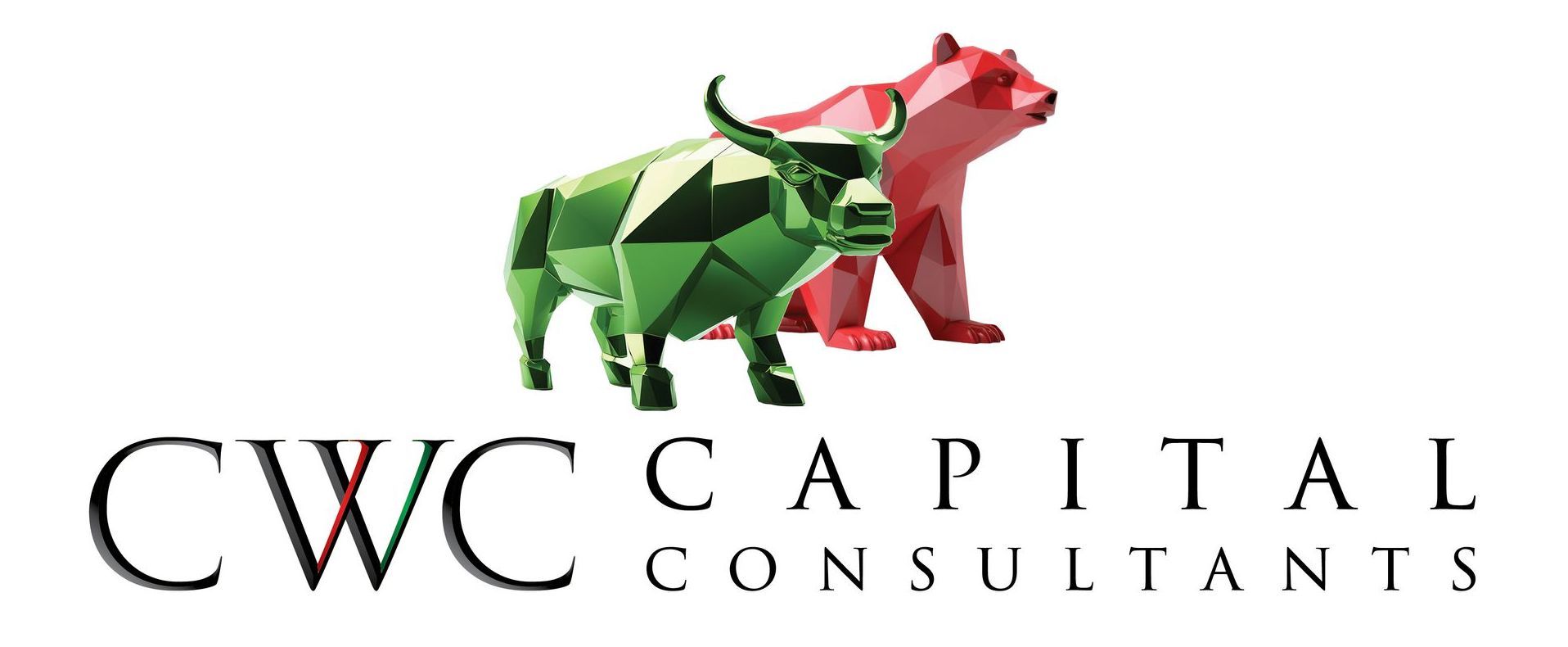Private Debt: The Scalable Asset Class
CWC's focus is where private banking and private debt converge.
The term private debt refers to lending, largely to corporations and small businesses, that is done outside of the traditional channels of bank lending and the public syndicated debt markets. The broad term of “private debt” encapsulates a wide range of strategies such as direct lending, which is the largest by Assets Under Management, bank instrument monetisation and tailored debt structures, as well as distressed, opportunistic, mezzanine and venture capital.
At $1.6trn in AUM globally, Private Debt, excluding real estate, has already cemented its status as a sizeable and scalable asset class for a wide range of long-term investors. It represents a modest 12% of the wider alternative asset classes, which totalled $13trn as of March 2023.
Research shows the global private debt market will reach $3 trillion in AUM by the end of 2028.
The drivers of this growth in the private debt sector are multifaceted and include:
- Borrower preferences alligned with investor preferences
Customised funding solutions, certainty of execution and the flexibility inherent in a long-term borrower-lender relationship is a key driver in the growth of Private Debt and when we align this with our ability to introduce capital structure protections we are able to create stable diversification, tailored financing, asset monetisation and bespoke private debt structures.
- Structural moves in the market aligned with a contraction in bank credit
The public markets are now serving much larger borrowers, leaving public debt market deal sizes prohibitively large for most middle market companies. We expect this shift, along with the continued contraction in bank credit, will allow for a further expansion of the private debt's addressable market of borrowers.
Our research shows, Private Debt is uniquely positioned to provide stronger growth where:
In today's financial environment...
- Banks lend much less than before to small and medium sized companies, limiting their scope to large structures which means banks miss opportunities. Private credit fills this gap, but SMEs are price takers, which means they must accept paying a much higher yield.
- Large financial institutions are subject to
Basel III (2010), which requires higher capital reserves and liquidity requirements.
- The Dodd Frank Act (2010) has put restrictions on banks investment activities while increasing compliance costs, which are depreciating banks’ interest in small businesses.
- The Volcker (2014) rule prohibits banks from conducting certain investment activities with private equity firms, hedge funds and with their own accounts.
Our Private Debt structures ensure:
- Protection using enhanced capital protection inherent in collaterals, guarantees and insurance.
- Liquidity
in our private debt is
greater than liquidity
in private equity and benefits from our tailored investment horizons.
- Monetisation of financial assets by evaluating a wide range of variables allows us to unlock liquidity for investment.
- Predictability of positive performance with minimal volatility irrespective of the current economic cycle allows for stability in our returns.
- Yield in our private debt investments is highly superior to bonds of the same level of risk, again, irrespective of the current economic cycle.

